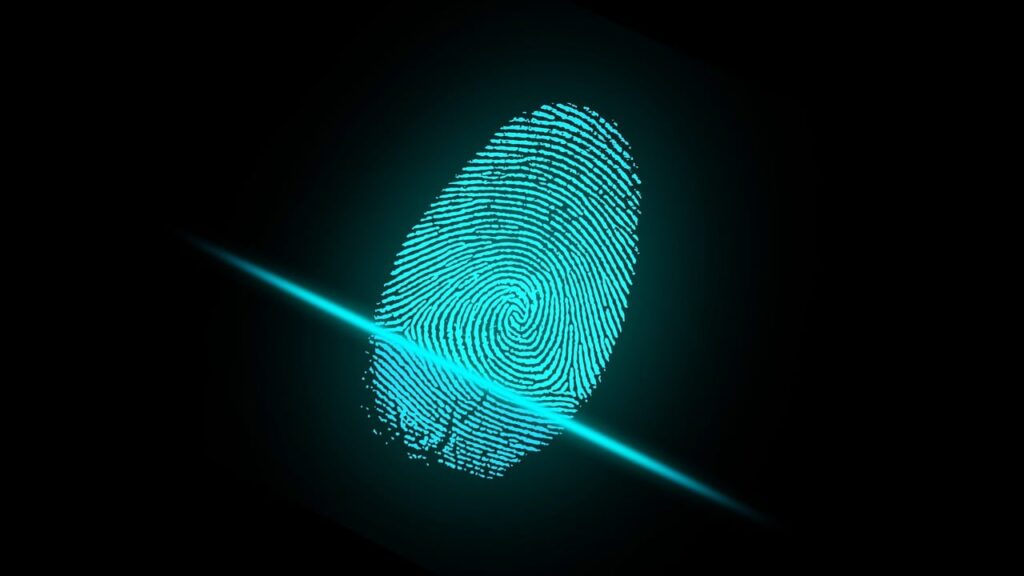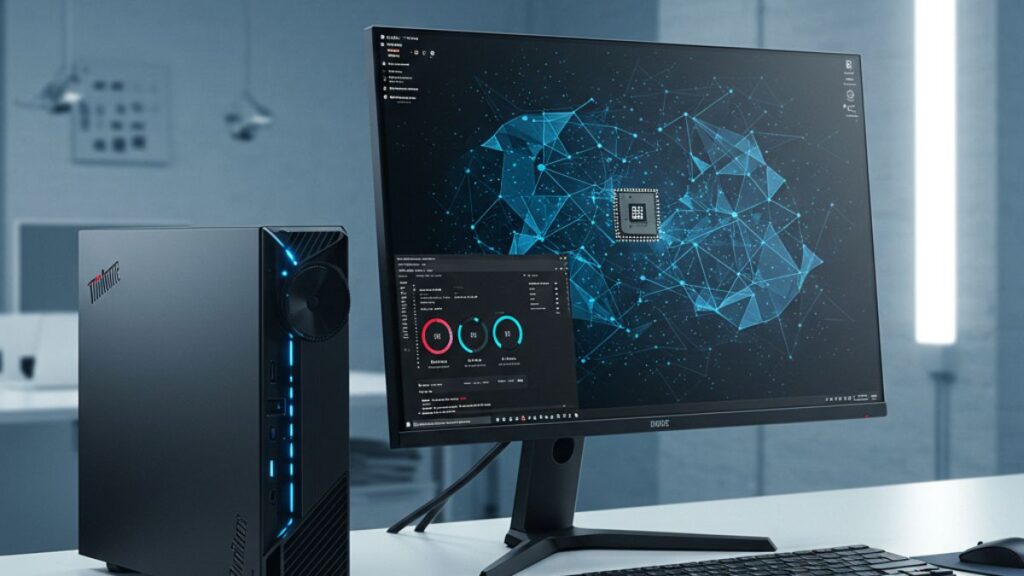Biometric authentication has undergone a revolutionary transformation, shifting from science fiction to a reality that is embedded in the daily lives of hundreds of millions globally. Fingerprint scanning, in particular, has been a stalwart in biometric verification and authentication, securing everything from smartphones to sensitive facilities. However, traditional touch-based fingerprint scanning technology poses challenges such as hygiene concerns, bulky hardware, and accessibility issues. The innovation of touchless fingerprint-based identification is redefining how to address some of these concerns while democratizing biometric identity for broader, more inclusive use.
The Emergence of Touchless Biometrics
In today’s cyber world, digital fingerprinting has become the primary data standard for proving an individual’s identity. While ink-based fingerprint cards (later digitized) are still accepted by some agencies, the improved accuracy, ease, and speed make digital fingerprint capture the widely preferred option. With the spread of touch-based digital fingerprint reader devices over the past two decades, costs for end users have come down to equal, or even lower than, card-based ink fingerprint captures.
Digital fingerprint capture is an improvement but traditionally requires specialized technology that puts it out of reach for most individuals around the world. Now, there’s an even better, easier, cost-efficient solution: mobile touchless fingerprint biometrics.
Fingerprinting Challenges and Concerns
Traditional touch-based biometric systems require physical contact with a hardware sensor, which can raise hygiene concerns, especially amid the increased focus on proximity-based health concerns raised by the COVID-19 pandemic. Touchless fingerprint authentication technology provides a hygienic solution by allowing a user’s fingerprint to be scanned without any direct contact with a sensor. Beyond preventing the spread of germs, this touchless approach has numerous additional benefits over traditional touch-based methods, including enhanced user experiences via mobile devices and potentially higher matching fidelity due to the ability to capture high contrast, high resolution, accurate fingerprint images in a number of field environments.
A mobile touchless fingerprinting system utilizes the rear-facing camera on a smartphone device to capture an image of the fingerprint from a short distance. Advanced algorithms then process this image to extract the unique fingerprint patterns and minutia necessary for successful identity verification and matching. The user experience is remarkably similar to taking a photograph, making it inherently more accessible and less intimidating for new users. This ease of use encourages wider adoption, as it mitigates the discomfort and potential stigma associated with traditional touch-based fingerprinting methods.
Technological Innovations and Applications
Companies like Telos Corporation have been at the forefront of this technological leap. Telos offers a range of identity verification and authentication capabilities, including mobile touchless fingerprinting called “ONYX,” which serves various commercial and government sectors worldwide. Advanced biometric systems such as touchless fingerprinting are no longer inaccessible technologies to the general public for everyday use in finance, banking, healthcare, travel, and security.
Touchless biometric solutions are now being integrated and amended to pre-existing automated biometric identification systems (ABIS) in various commercial and government industries for more convenient, cost-effective, and expedited identity verification and authentication. For instance, the technology enables passengers to simply walk through security checkpoints at airports without the need to present physical identification documents or touch physical shared surfaces, greatly enhancing both the efficiency of the process and the travel experience.
Democratizing Biometric Identity
The democratization of biometric identity refers to making biometric verification systems available and accessible to the widest possible user base, regardless of socioeconomic status or geographic location. Touchless fingerprint verification and authentication are instrumental in this democratization process due to their scalability to billions of ubiquitous mobile devices worldwide and the reduction of costs over time. As the technology becomes more widespread, the cost of deploying these systems decreases, allowing for broader implementation in public services, security, healthcare, finance and banking, travel, and educational sectors.
This democratization has significant implications for developing regions where access to personal identification can be challenging, if not impossible, for many. In countries where a significant portion of the population may not have formal identification documents, mobile touchless biometric systems offer an opportunity to create verifiable and secure digital identities – otherwise unattainable. These digital identities can be used to access essential services such as banking and telecommunications resources and government assistance programs.
Moreover, the touchless nature of the technology is inherently inclusive. It provides a non-invasive method for capturing biometric data that can be particularly important in cultures or situations where physical contact is discouraged or for individuals who are physically unable to use traditional touch-based fingerprint scanners. Also, human fingerprints are unique to each and every individual, even in the case of twins. Fingerprints, unlike facial features, do not change over time, thereby providing a high-quality biometric to baseline.
Security and Privacy Concerns
There are also legitimate concerns regarding the security and privacy of personally identifiable information (PII), such as biometrics. Unlike a password or PIN, biometric data is intrinsically linked to an individual’s physical attributes, and, as such, it is crucial to ensure that this data is stored and processed securely and compliant with relevant regulatory standards. Advanced encryption of the data and secure biometric databases have become central to the conversation surrounding the deployment of contactless biometric systems.
Furthermore, the implementation of comprehensive legal and technical frameworks with clear and modern privacy policies is essential to maintain public trust in emerging technologies. As the technology continues to evolve, ongoing dialogue between technology providers, regulators, and the general public is necessary to balance the benefits of touchless biometric systems with the need to provide adequate protection for privacy and data.
Future Outlook
The future of touchless fingerprinting is poised for growth across multiple industries worldwide. With the continued refinement of the technology, including improvements in speed, accuracy, and anti-spoofing and presentation-attack measures, we can expect its application to expand even further in our daily lives. The proliferation of artificial intelligence (AI) and machine learning (ML) technologies is rapidly enhancing the ability of touchless systems to analyze and process biometric data faster and more precisely than ever before.
As the digital transformation of myriad technologies accelerates, mobile touchless fingerprinting stands as an example of modern identity verification technology in action, providing a secure, accessible, and user-friendly solution for a number of the world’s identity management challenges. Its role in democratizing biometric identity is particularly promising, offering a pathway to empowerment and inclusion for individuals who lack access to traditional uplifting systems and programs.
Whether it is facilitating seamless travel freedom, enabling access to essential services, or ensuring an individual’s right to maintain their sovereign identity, the implications of this technology are profound and far-reaching. As we continue to strive to innovate and deploy these systems responsibly, we can look forward to a future where identity verification is an integral, yet convenient, part of everyday life and security for everyone, everywhere.




Comments are closed.